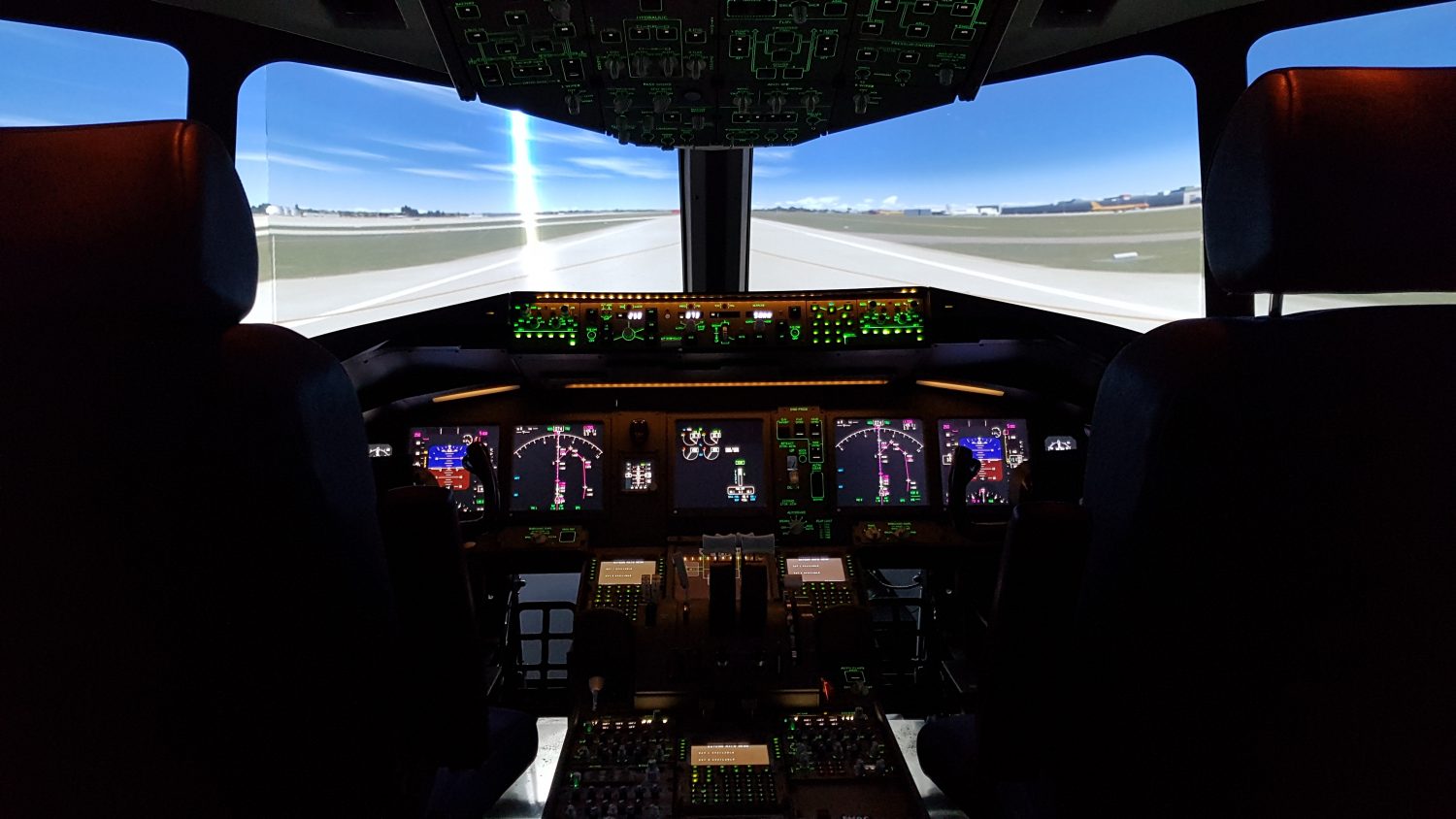High Performance Computing: Hawk to replace Hazel Hen at HLRS
The High Performance Computing Center (HLRS) of the University of Stuttgart announces in a press release the construction of the world’s fastest supercomputer for industrial production. The new supercomputer Hawk is being built in cooperation with the market leader Hewlett Packard Enterprise (HPE) and, with a theoretical peak performance of 24 petaFLOPS, will be about 3.5 times faster than the current supercomputer Hazel Hen.
CFD Consultants GmbH will thus be able to carry out flow simulations with several 100 million grid cells in a very short computing time for the development processes of our customers.

